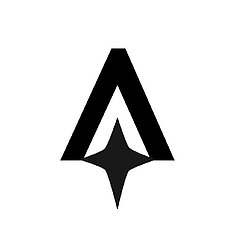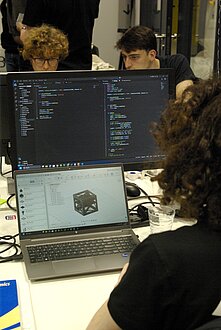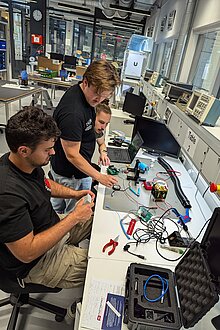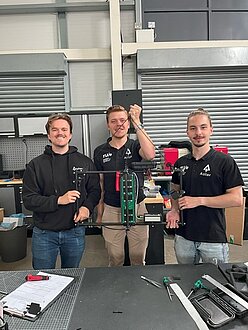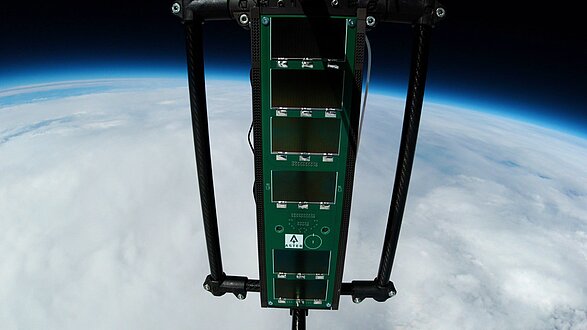Student-Driven Space Innovation Starts Here
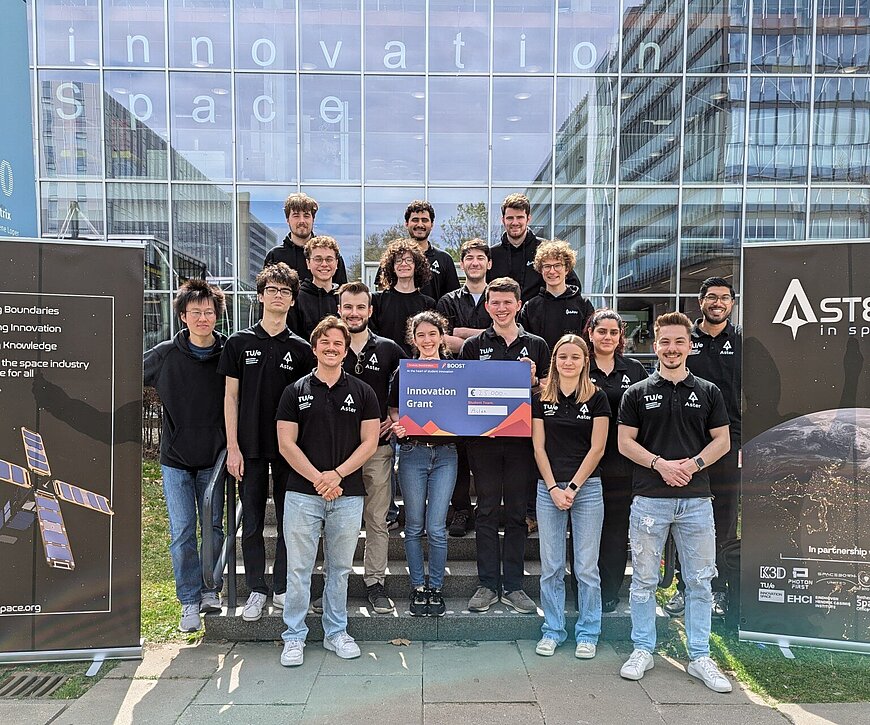
At student team Aster (TU/e), our mission goes beyond developing technology. We aim to make space exploration more accessible. From Eindhoven, we are building the very first satellite from North Brabant.
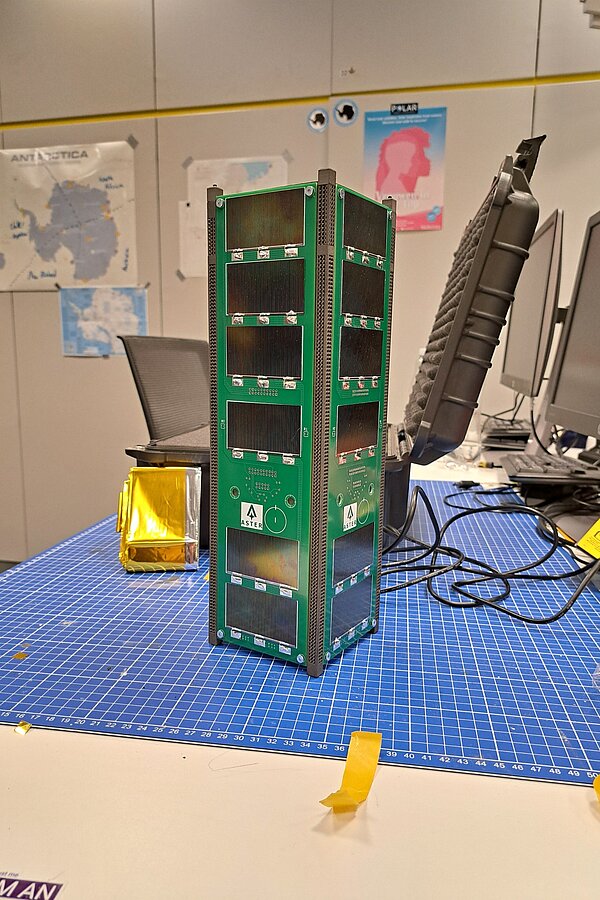
Mission Hydrogen: Our First Steps into Space
In 2024, we carried out our first CubeSat prototype named Icarus I, as part of our mission Hydrogen. A CubeSat, a compact platform satellite made up of 10 centimetres cubes, that allows space technology to be tested in an accessible and cost-effective way. Its primary function is to carry a payload, the component that performs the mission, such as scientific instruments or communication systems.
During the test flight, the payload consisted of a photonic sensor from PhotonFirst, a leading Dutch company in the field of integrated photonics. This sensor is built using optical fibres and collected strain data, which refers to measurements of how materials stretch or compress under conditions such as temperature differences or mechanical vibrations during flight. The sensor registered minuscule deformations, which is critical when testing CubeSat structures in space-like environments.
Testing in Near Space
Icarus 1reached an altitude of 34 kilometres with the help of a weather balloon and withstood temperatures as low as minus 40 degrees Celsius. The mission demonstrated that our technology can survive the harsh conditions of near space, and validated our design approach.
Scaling Up: From 15 to 30 Team Members
Following the success of this mission Aster doubled in size, growing from 15 to over 30 members and helped us to expand our work to include a collaboration with Team VOID, the TU/e rocket team. Together, we’re developing a new payload that can measure magnetic fields and structural deformation during a rocket launch. This launch is scheduled for March 2026.
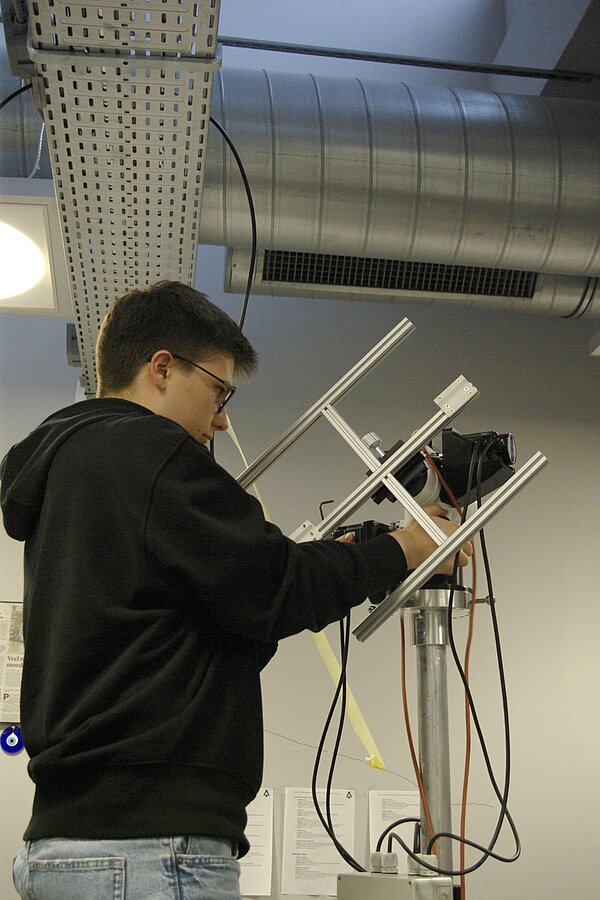
Building Our Own Ground Station
Last month, we completed our own ground station, a system with antennas, tracking motors, and radio equipment that enables communication with satellites. This summer, it will be installed on the rooftop of Vertigo, the tallest tower on the TU/e campus. Once operational, it will allow students to track signals from open-source satellites and receive real-time data.
Why Stop There? Expanding into Radio Astronomy
We’ve also starter a new collaboration with the TU/e’s Department of Electrical Engineering to develop an innovative antenna for radio astronomy. This antenna will serve as the scientific payload for research purposes of the Electrical Engineering faculty, and will be integrated into our first satellite planned for stable orbit around Earth.
Co-Creating the Future of Space in Brainport
Our mission doesn’t stop at building satellites. We also want to strengthen the ecosystem in Brainport. Together with our partners , we are co-create the space technologies of tomorrow.
And we’re always open to new partnerships with companies that can contribute expertise or technology – whether you’re a company with expertise in ADCS systems, star trackers, or space-grade microcontrollers, or you offer access to testing facilities, tools, or knowledge sharing. Get in touch!
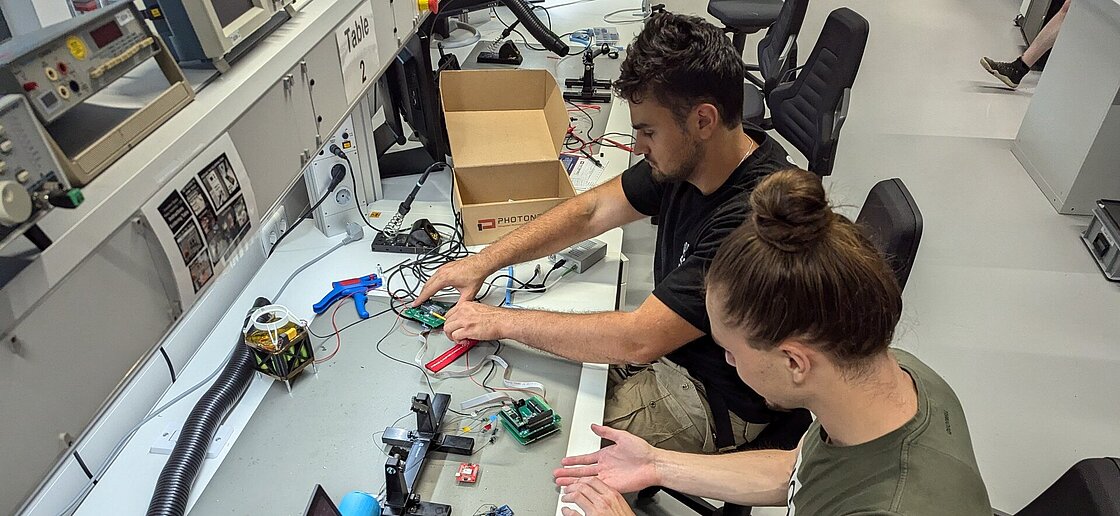
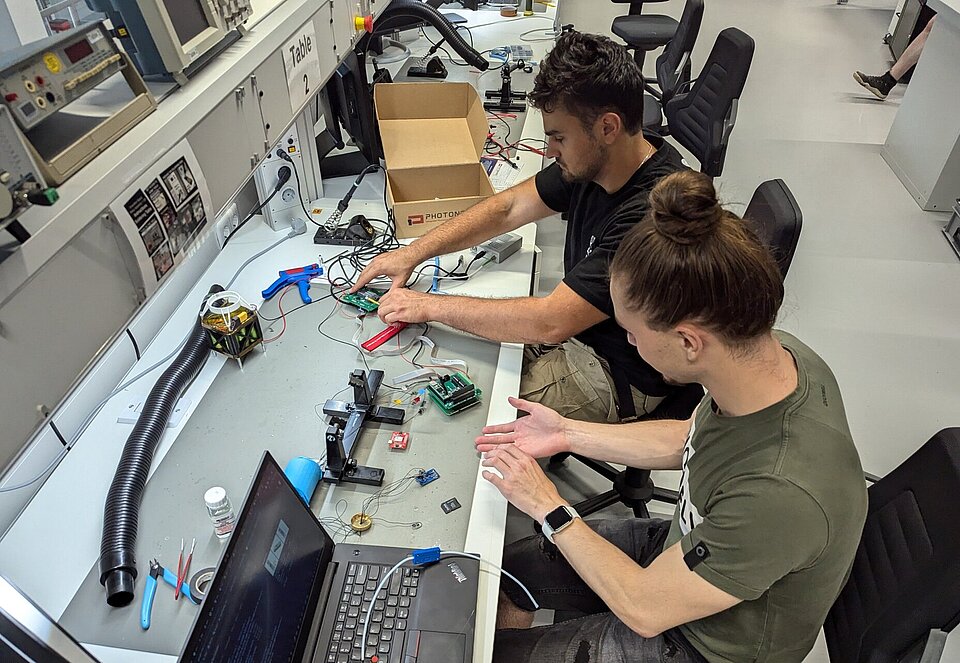
TU/e Student Teams: Innovating for a Better Future
Aster is part of the TU/e innovation Space – a dynamic hub for Challenge-Based Learning and entrepreneurship, where interdisciplinary Student Teams take on real-world problems, from clean energy to healthcare, to deep space exploration. Working with researchers, industry partners, and fellow students, teams like Aster help to shape the future of technology in the Brainport Region.
